Characteristics of Douglas Fir (Pseudotsuga menziesii)
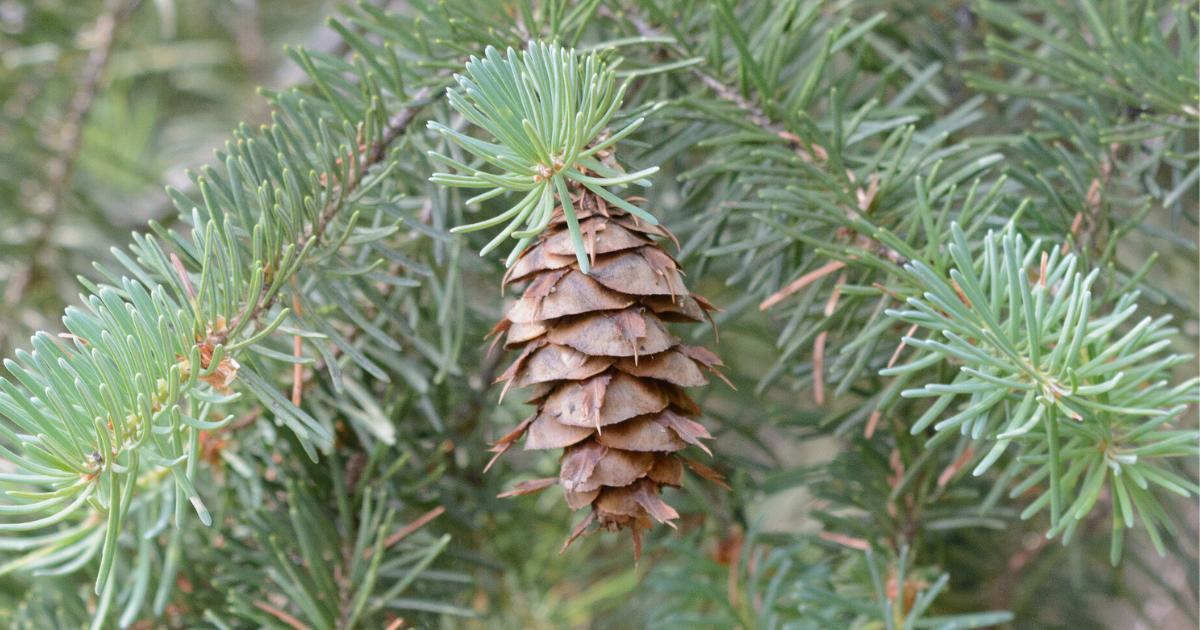
Douglas Fir or Douglas spruce (Pseudotsuga menziesii) is a coniferous tree in the Pinaceae family. This tree is native to western North America and is sometimes called the Oregon pine, Colombian pine, Puget Sound pine, Douglas spruce, and False hemlock. Even though it is referred to as pine it is not from the genus Pinus or Abies, but from the genus Pseudotsuga which means fake pine.
Currently, there are three known varieties, namely Coastal Douglas Fir (Pseudotsuga menziesii var. menziesii), Rocky Mountain Douglas Fir (Pseudotsuga menziesii var. glauca), and Mexican Douglas Fir (Pseudotsuga menziesii var. lindleyana).
Douglas Fir grows naturally in coastal areas from south-central British Columbia to the south to central California. In Oregon and Washington, it extends from the eastern edge of the Cascades to the west to the Pacific Coast Mountains and the Pacific Ocean. In California, Douglas Fir trees are found in the Klamath and California Coast Ranges as far south as the Santa Lucia Range, with small trees as far south as the Purisima Hills in Santa Barbara County. One of the remaining stands of old conifers in the Mattole watershed, and is under threat of logging. In the Sierra Nevada, it stretches as far south as the Yosemite region. It occurs from near sea level along the coast to 1,800 m asl in the mountains of California.
Pseudotsuga menziesii var. glauca, growing further inland, from the Cascades north of Washington to southern British Columbia, and north to central British Columbia, then southeast of the Mexican border.
Pseudotsuga menziesii var. lindleyana, spread south to Oaxaca and is often considered a variety of Pseudotsuga menziesii.
Douglas Fir has also naturalized throughout Europe, Argentina, and Chile. In New Zealand, Douglas Fir is considered an invasive species, called wild conifer, and is subject to control measures.
Douglas Fir is widely used in forestry management as a forest tree for timber harvesting. Douglas Fir wood is used in several constructions, veneer, and flooring works. The wood is lightly worked and the paint works well on the surface.
Characteristics of Douglas Fir Leaves
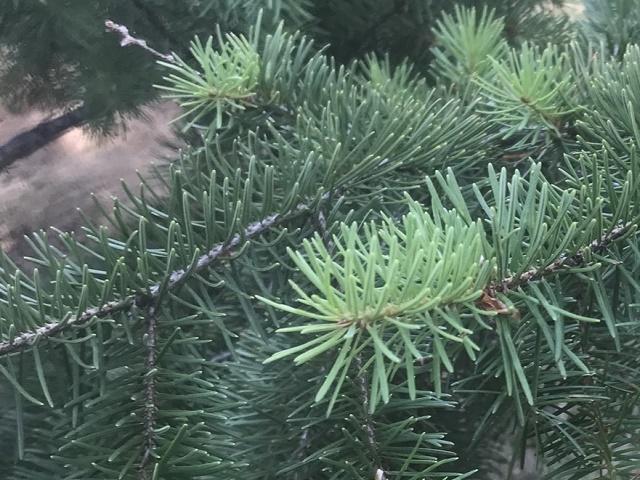
The leaves are 6-10 mm long, shiny reddish-brown, without resin.
Young shoots are dull greenish-yellow to reddish-purple, slightly hairy, become gray and smooth with age.
Characteristics of Douglas Fir Fruit
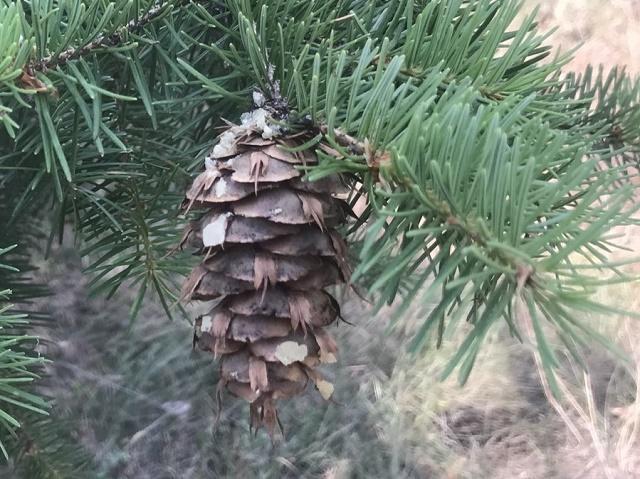
The cones are 4-10 cm long and 3-3.5 cm in diameter, dark green to red when light, brown when ripe. The seeds are 5-6 mm long and with wings longer than the chaff.
Characteristics of Douglas Fir Tree
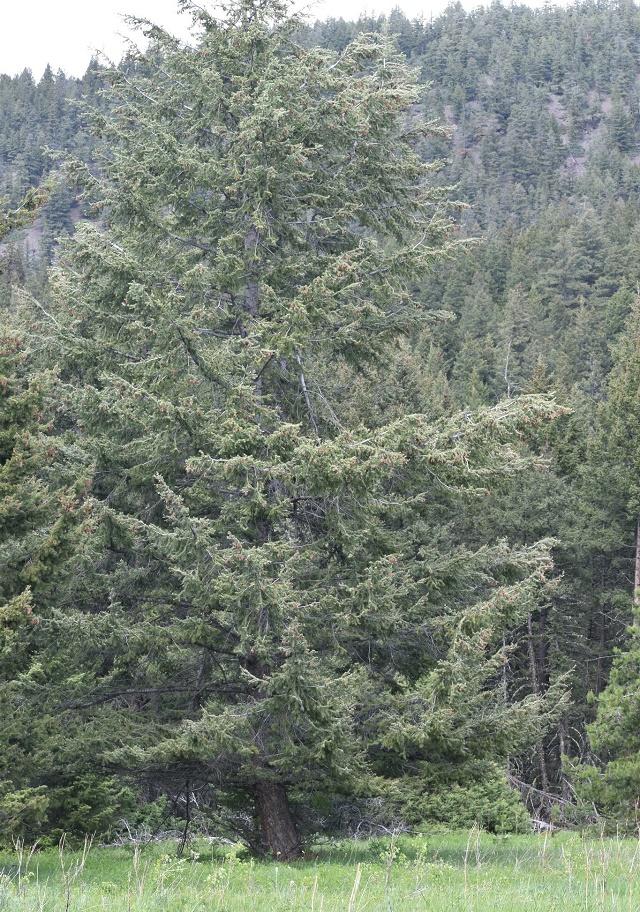
Douglas Fir can grow to a height of 50 meters (rarely 70 meters) under favorable conditions. The lifespan of a Douglas Fir tree can be more than 500 years, in rare cases even more than 1,000 years. The rod diameter is usually up to 3 meters. The bark is reddish-brown to grayish-brown or even black, thick, and flat on old trees.
This tree is especially fond of coastal areas with soils that have a pH of 5 to 5 and with mild winters and rainfall, and cool, mildly dry summers. However, Douglas Fir trees can survive when temperatures drop to -35 °C.
HOW TO CULTIVATE DOUGLAS FIR
This tree can be propagated by planting seeds. The ripe seeds on the tree can be sown directly in nutritious soil. They will germinate quickly and grow to less than 10 cm in the first year. However, the growth will be faster with age (1 meter per year at the age of more than 8-10 years).
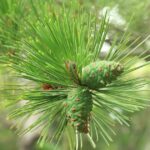

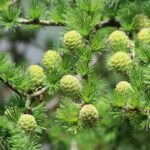
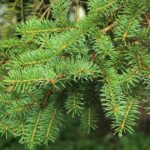
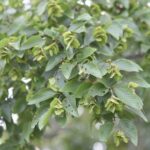
Leave a Reply